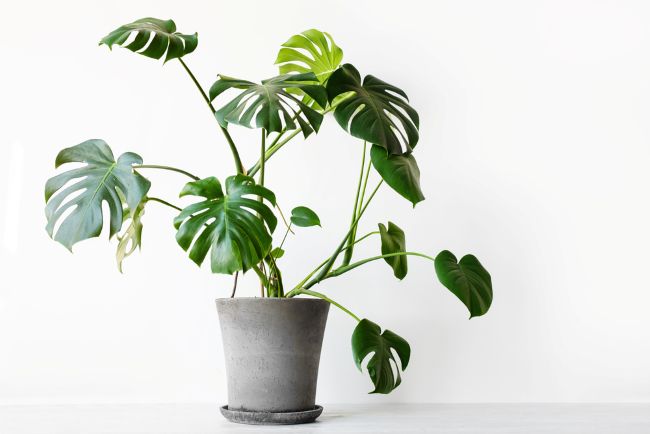Did You Know Swiss Cheese Plants Are Poisonous?

In the fascinating world of plants, gardeners encounter the good, the bad, and the downright hazardous. Some plants, for various reasons, are simply not suitable for every garden. The Swiss Cheese Plant (Monstera deliciosa) is one such example, as it is considered a poisonous plant.
This tropical beauty, native to the rainforests of Central America, is popular for its large, glossy leaves with striking holes or splits, making it a favorite in indoor spaces and gardens. However, its potential toxicity poses a risk to both humans and pets, particularly cats and dogs. If you have small children or curious pets, you may want to think twice before adding this plant to your collection.
Why Is It Poisonous?
The danger lies in the plant’s leaves, stems, and sap, all of which contain insoluble calcium oxalate crystals. These needle-like structures can cause severe irritation when they come into contact with the skin, mouth, or digestive system. Ingesting the plant can lead to:
- Intense irritation of the mouth, lips, tongue, and throat.
- Swelling that may make it difficult to swallow or breathe.
- Excessive drooling or vomiting in pets.
- Burning sensation in the mouth and digestive discomfort.
Touching the sap can also cause skin irritation in sensitive individuals.
How to Protect Yourself and Your Pets
If you choose to keep a Swiss Cheese Plant despite its risks, here are some tips to ensure safety:
- Place the Plant Out of Reach
Position the plant in an area inaccessible to children and pets, such as on high shelves or in rooms they cannot enter. - Use Gloves When Handling
Wear gloves when pruning, repotting, or handling the plant to avoid skin irritation from its sap. - Educate Your Family
Inform family members about the plant’s toxic properties and emphasize the importance of not touching or ingesting it. - Train Your Pets
Discourage your pets from chewing on houseplants by using pet-safe deterrent sprays or providing them with safe, alternative plants to nibble, such as cat grass.
What to Do in Case of Exposure
If a person or pet comes into contact with the plant and symptoms develop:
- For Humans: Rinse the affected area with water immediately. If ingestion occurs, encourage the person to rinse their mouth thoroughly and avoid swallowing. Seek medical attention if swelling or intense discomfort persists.
- For Pets: Remove any plant material from their mouth and offer fresh water to help rinse their mouth. Contact your veterinarian promptly for guidance.
Are All Parts of the Plant Toxic?
Yes, all parts of the Swiss Cheese Plant contain calcium oxalate crystals and are therefore toxic if ingested. However, the level of toxicity is usually not life-threatening, especially with small amounts. That said, it’s always better to err on the side of caution.
Safer Alternatives to Consider
If you love the tropical vibe of the Swiss Cheese Plant but are worried about its toxicity, consider these non-toxic alternatives:
- Areca Palm (Dypsis lutescens): A pet-friendly option that adds lush greenery to your home.
- Calathea: Known for its vibrant and patterned foliage, this plant is both safe and striking.
- Parlor Palm (Chamaedorea elegans): Another elegant, non-toxic choice for homes with children or pets.
While the Swiss Cheese Plant is undeniably a stunning addition to any home or garden, its risks should not be overlooked. Understanding its toxic properties and taking proper precautions can help ensure that your space remains safe and beautiful for all members of your household.




